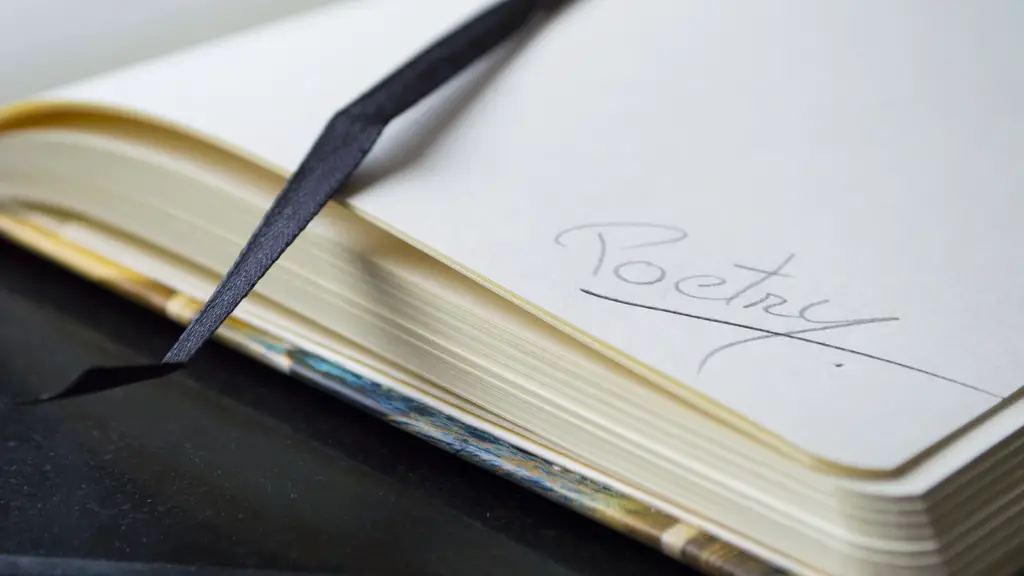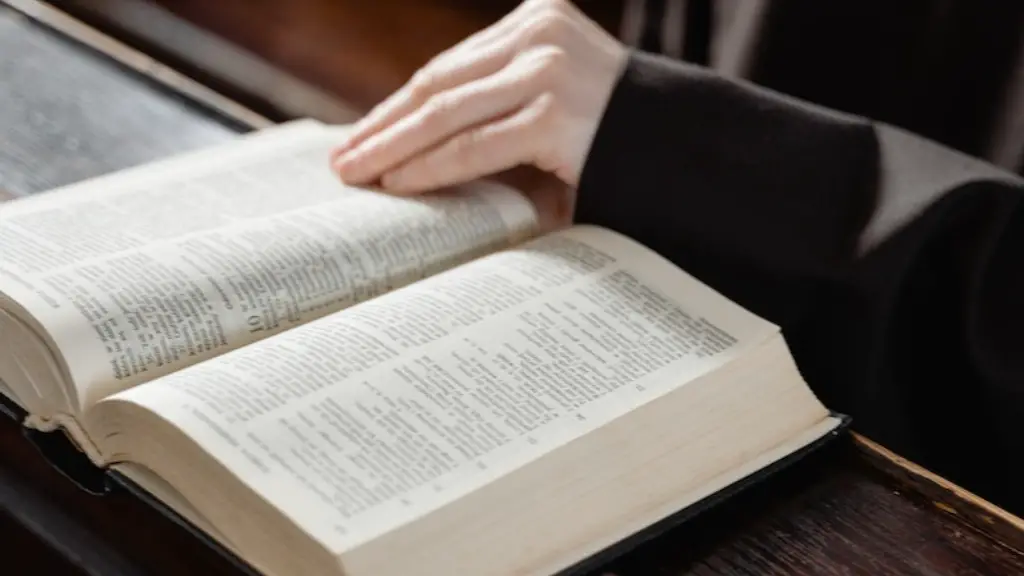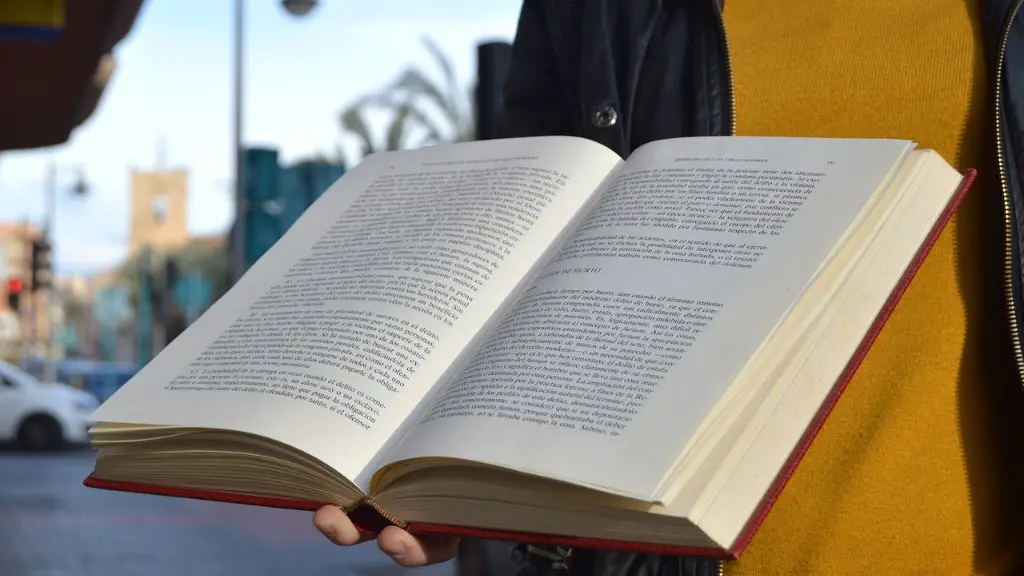Narrative Poetry
Narrative poetry is one of the oldest and most popular forms of the art. It is often used to tell a story, describe a moment, or align with a particular theme or subject. Examples of narrative poetry include works from Homer’s Odyssey, Virgil’s Aeneid, Dante’s Divine Comedy, and Shakespeare’s Romeo and Juliet. It is known for its detailed descriptions and vivid imagery that is able to invite the reader into the narrative and draw them in.
Narrative poetry can also deal with more contemporary topics. It can maintain the same structure and yet still bring something entirely new te the form. Different perspective and tones can be used, allowing the poet to capture emotion alongside the story they present. The poet can also explore their own experiences and distil them into a rite of passage that readers can relate to.
Experts believe that narrative poetry continues to captivate and entertain readers for numerous reasons. Firstly, it is relatable because of the memories and emotions it can access. It can also provoke thought, leading to analysis and reflection. Furthermore, the story lines that can be crafted may be escapist in their nature or take on deeper resonances. Either way, it is a form that is intricately tangled with human emotion, creating universal feelings and emotions to enjoy.
The combination of story and emotion makes the form one of the more popular types of poetry to write and read. Different aspects can be explored, leaving room for innovation and a broad scope. The form aims to transport the reader, taking them on a journey that is filled with twists, excitement and surprises.
In conclusion, narrative poetry has endured and flourished for many years, a reflection of its innate ability to draw readers in and provide a different form of entertainment. It seamlessly blends story and emotion, depending on what the author desires the narrative to account for. This form of poetry is adaptable and provides readers with a level of comfort and understanding.
Haiku
Haiku is a long popular form of poetry that originates from Japan and first emerged during the 17th century. This style often focuses on the natural world and strives to capture various subjects in a manner that is concise, minimalistic yet meaningful. It often follows a structure of three lines with a total of seventeen syllables. The structure follows a strict ratio of 5-7-5 syllables, creating a sense of rhythm and sophistication.
It is different to other forms of poetry in its nature. It is often seen as meditative, allowing for a reflective and introspective practice. This can often bring depth of emotion and insight to the poem, allowing the reader to identify with the subject, no matter what it is. Furthermore, it doesn’t require the poet to use resourceful language, yet still capture the essence of the poem with the carefully chosen words.
This meditative form of poetry continued to gain recognition after it was introduced to the English language. It has been shared, adapted and reinvented over the years, and is now used to encapsulate a range of different topics and emotions. Writers of haikus work to distill their thoughts into a more concise and meaningful matter, and in doing so, this encourages further insights into their thoughts, which can be interesting to explore.
Experts believe that the haiku form provides a unique platform and has changed over the years because of its potential for versatility. The simplicity of the structure can be used to create something evocative, nuanced and meaningful. It is an easy form to understand and has incredible potential to resonate with the reader, no matter what the poem is about.
In conclusion, the haiku form is often seen as a meditative practice and is used to capture various emotions and topics. Its structure of 5-7-5 syllables emphasizes succinctness, however the slight play with words can still create something that is meaningful and powerful. This form may be simple in its practicability, but it still has plenty of room for creativity and innovation.
Limerick
The limerick form of poetry is well-known for its humorous and often obscene nature. It is often seen as light-hearted and been used in a range of different contexts, from literary works to song lyrics. It is seen as playful and often uses puns and rhymes to add further humour to the piece. The structure of a limerick consists of five lines with an AABBA rhyme scheme.
Limericks have been used for centuries to celebrate a topic of their choice in a jocular manner. This could include mocking topics, such as poking fun at a well-known figure, to poking fun at more trivial topics, like over-eating. The tone is often light-hearted and can often be quite ribald in its subject matter.
This form of poetry is popular for its wit and comedic appeal. It is an approachable form that can captivate its audience in an instant. Writing a limerick can provide the writer with an outlet for creativity and humorous expression. Furthermore, it is a form of poetry that can be shared and enjoyed collectively, often providing an easy way to spread a good laugh.
Experts believe that despite its jovial nature, limericks can also be used to express a variety of different subjects, no matter how serious. This playful nature allows for the poet to be able to explore a complex topic in a discreet and jocular manner, creating a memorable piece of literature.
In conclusion, the limerick form of poetry is often seen as humorous and light-hearted. It is able to effectively portray a range of different topics and events, and it is often used to poke fun at something or to celebrate. This form often uses puns, rhymes and games, creating an entertaining structure that can engage audiences.
Epic Poetry
Epic poetry is an ancient form of poetry and has been used to document important stories and events for centuries. These are verbally passed down and can either be shared in the form of books or essays. An epic poem often focuses on a long narrative, building a theme of heroism or adventure throughout. It is known for its grandeur, often revolving around gods or kings, and the overarching action is usually monumental.
Epic poetry has been used to tell some of the most renowned stories throughout history, such as Homer’s Iliad and Odyssey. All epic poems typically come with a specific internal structure and hierarchy, which allow readers to identify certain plot points, characters, and conflicts. This grand narrative allows readers to identify with the hero’s mission and experiences, creating a level of engagement and emotion.
Experts believe that this form of poetry is popular because of its developed structure, whilst simultaneously leaving room for creativity. This can be seen in works from the old classics to more contemporary examples, such as Edith Hamilton’s Mythology. This allows for different emotions to be conveyed, ranging from horror, to adventure and sorrow, creating a piece that is comprehensive and emotive. It also allows for larger symbolism to be included, providing a deeper reflection into the characteristics of the hero and their journey.
In conclusion, the epic poem is an ancient form that allows for detailed stories, emotions and symbolism to be conveyed and explored. It is seen as captivating and often inspiring, providing readers with a unique experience. This form of poem allows readers to delve into a different world and identify with the characters by their developing stories and emotions, a reflection of its remarkable potential.
Sonnet
The sonnet form has been used for centuries and is often seen as traditional, yet stylish. It is traditionally written in iambic pentameter and follows a structure of fourteen lines and a distinct rhyme scheme. This form of poetry is known for its elegance, effusive emotion and uses of language. It is often seen as one of the most popular forms of poetry, particularly in Elizabethan England, where the authors were often world-renowned.
The sonnet form offers its writers a level of flexibility. It allows for a wide range of subjects to be discussed and emotions to be expressed. It also allows for a level of natural progression within the poem, allowing the writers to explore a topic in a meaningful and impactful way. This form has also been used to explore love and its different nuances. It is often used to portray the elation of love, but it can also be used to explore its darker elements, such as heartache and longing.
Experts believe that the power of the sonnet lies in the use of words and the way this can be used to emphasize emotion and elicit deeper meanings. Multiple metaphors can be used to further express a message and bring a sense of mystery and complexity to the poem. Furthermore, the rhyme scheme used with this form can create a level of fluidity and intuitiveness that allows readers to follow with ease. It also allows for playful experimentation with sounds, creating an auditory aesthetic for readers to explore.
In conclusion, the sonnet is a popular form of poem that is known for its elegance, meditative nature and emotion. It has been used as a form of expression for centuries, reflecting the diversity of its potential. Its structure and rhyme scheme provides a steady structure to explore a range of different topics, creating something meaningful and meaningful.
Elegy
An elegy is a type of poem that has been used for centuries to mourn loss and reflect on memories past. This form usually follows a specific structure, relying heavily on rime and meter. It is often used to remember and memorialize those who have passed away, grieving the pain and accepting the passing of time. This form of poetry has been used by poets to reflect on different subjects such as death, love, ambition and happiness.
The elegy is a powerful way for writers to explore grief, memory and nostalgia. It often focuses on the feelings of those still alive in a reflective manner. This form can be used to explore different topics and provide a sense of comfort through exploring the impact the individual has had. This form of poetry is often seen as a form of meditation, allowing writers to be introspective and find solace in the experiences and lessons expressed.
Experts believe that the elegy is popular because it allows writers to express their emotions effectively and meaningfully. It often encourages writers to look inward and move beyond the sadness they may be experiencing. Through the use of imagery, symbolism and language, grief can be analyzed, allowing writers to express their thoughts and feelings in a tangible and understandable way.
In conclusion, the elegy is a powerful form of poetry, allowing writers to explore their grief and reflect on those who have passed. It is often seen as a meditative practice, allowing for the individual to be introspective and find solace in their experiences and memories. This type of poem is adaptable, allowing for exploration of different topics, and provides an emotional and tangible platform for expression.





